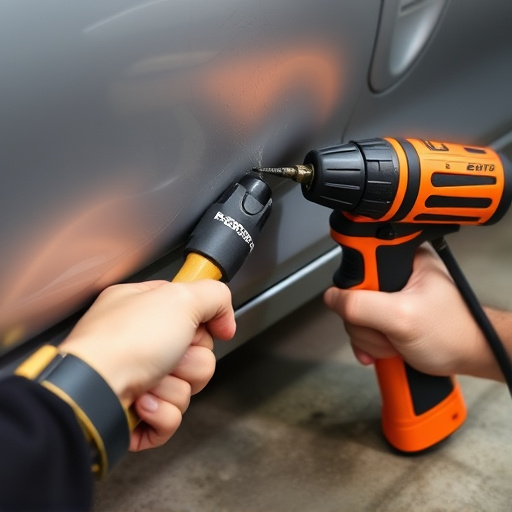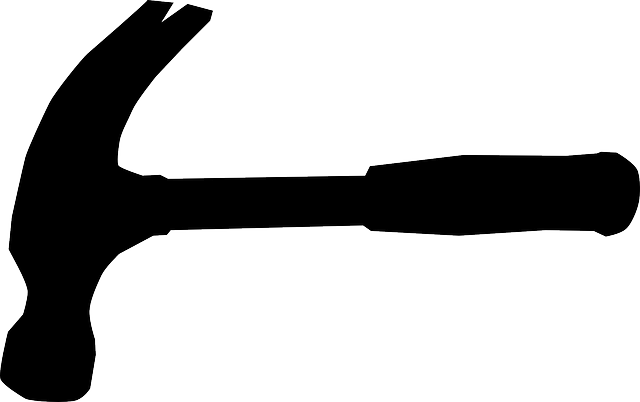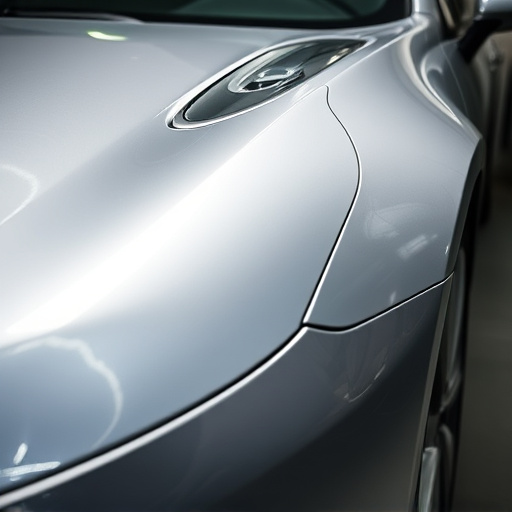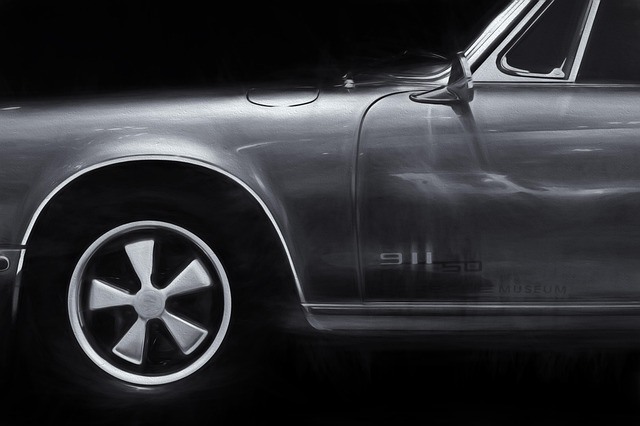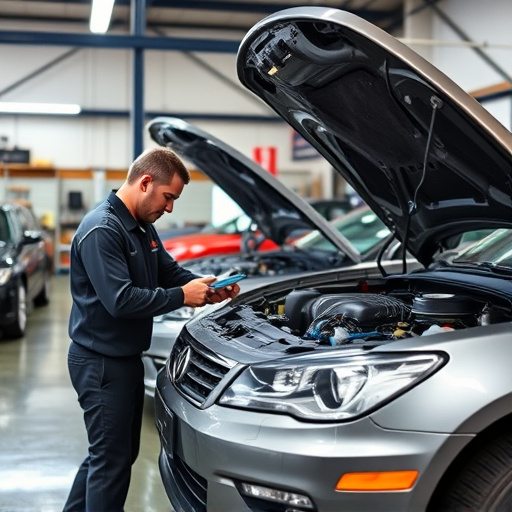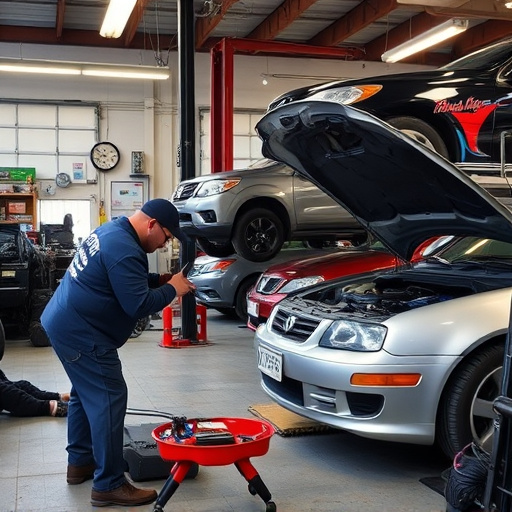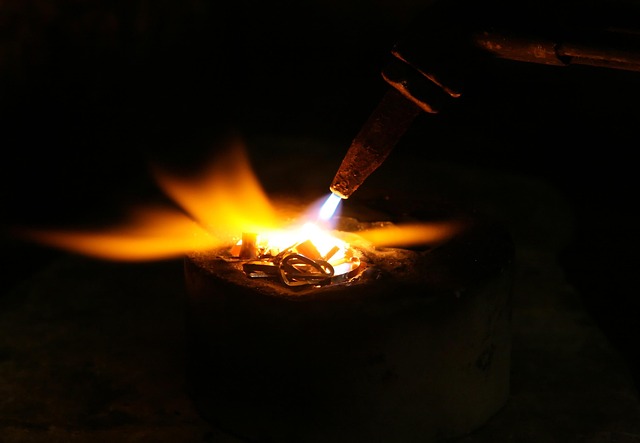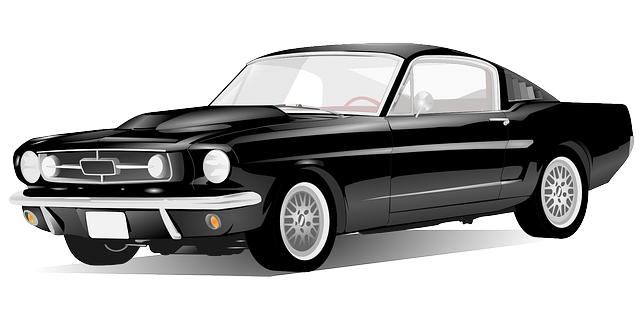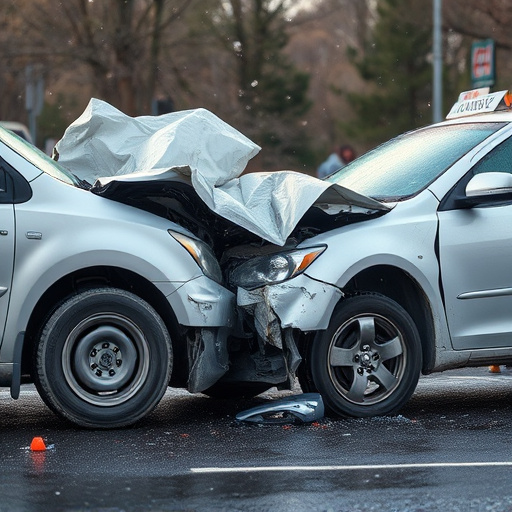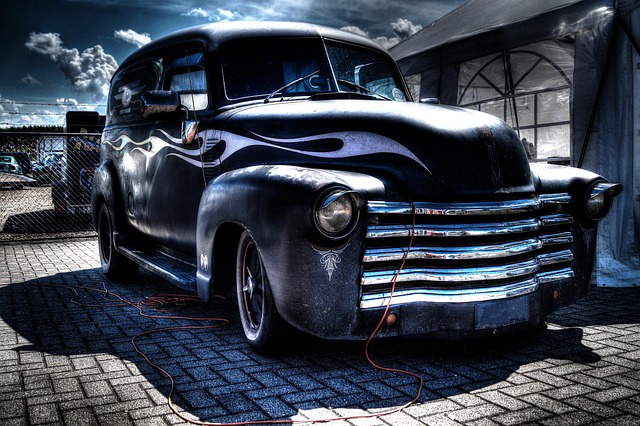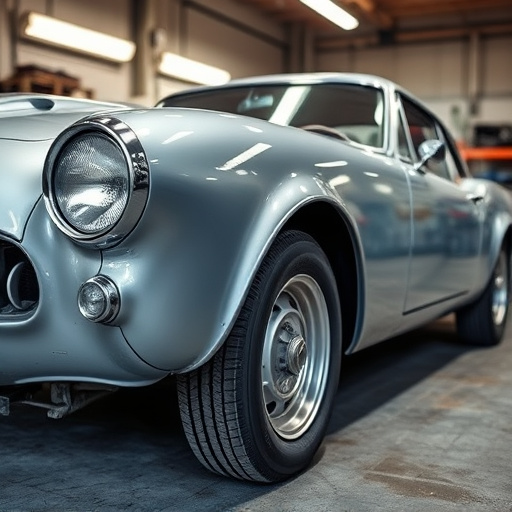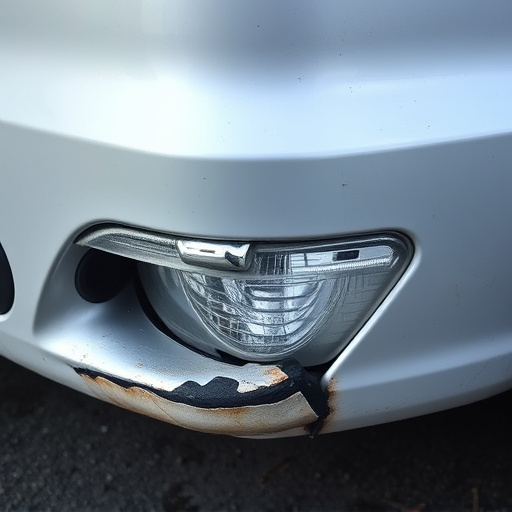Computerized frame measurement (CFM) has revolutionized vehicle damage assessment, eliminating manual methods with precise 3D scans and algorithms that detect subtle structural deformities. Its key advantages include accurate repair estimates, reduced reliance on physical templates, and streamlined processes for auto body shops, particularly in paintless dent repair. Adopted to enhance efficiency, CFM systems provide real-time, consistent data for all repair types, standardizing assessments and improving communication between technicians, insurance companies, and customers, ultimately maintaining high-quality standards in auto body restoration.
Computerized frame measurement is transforming vehicle repair estimates, offering a modern approach to damage assessment. This technology provides precise data on vehicle structural integrity, enabling more accurate and efficient repair costing.
While computerized systems offer numerous advantages, including increased precision and streamlined workflows, challenges remain. Ensuring consistent results and standardization across different providers is crucial for maintaining trust in the industry. Understanding these dynamics is key to harnessing the full potential of computerized frame measurement in shaping the future of automotive repairs.
- Understanding Computerized Frame Measurement: The Modern Approach to Vehicle Damage Assessment
- Advantages of Using Computerized Systems for Repair Estimates: Increased Precision and Efficiency
- Navigating Challenges: Ensuring Accurate Results and Standardization in the Industry
Understanding Computerized Frame Measurement: The Modern Approach to Vehicle Damage Assessment

Computerized frame measurement has revolutionized vehicle damage assessment, marking a significant shift from traditional manual methods. This modern approach leverages advanced technology to accurately determine the extent of damage to a car’s structure, particularly its frame and chassis. By capturing detailed 3D scans and running complex algorithms, these systems can identify even subtle deformities that might be missed by human inspection.
This innovative technique offers numerous advantages for auto body shops and vehicle repair services. It facilitates more precise repair estimates, minimizes the need for physical templates, and streamlines the entire process. Moreover, it’s particularly beneficial for services specializing in paintless dent repair, as it enables them to accurately assess and effectively address various types of damage, from minor dents to major crumple zones, all while enhancing the quality and consistency of their auto painting work.
Advantages of Using Computerized Systems for Repair Estimates: Increased Precision and Efficiency
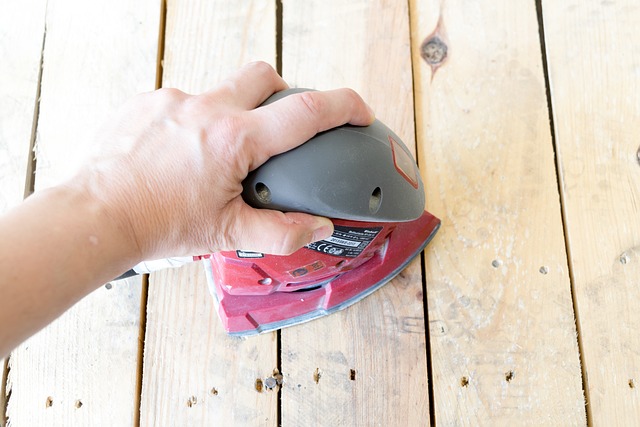
The adoption of computerized frame measurement systems has revolutionized the way auto bodywork and collision repair shops handle repair estimates. Traditional manual measurements are prone to human error, leading to imprecise estimates. Computerized systems, on the other hand, offer increased precision due to their ability to capture detailed data quickly and accurately. This is particularly beneficial for complex repairs where even a slight miscalculation can impact the overall cost.
Moreover, these systems enhance efficiency in several ways. They streamline the measurement process, eliminating the need for manual tools and reducing the time spent on each vehicle. This not only benefits the repair shop by increasing throughput but also ensures customers receive faster service times. In an auto collision center, where every second counts, computerized frame measurement can significantly improve overall operational effectiveness.
Navigating Challenges: Ensuring Accurate Results and Standardization in the Industry
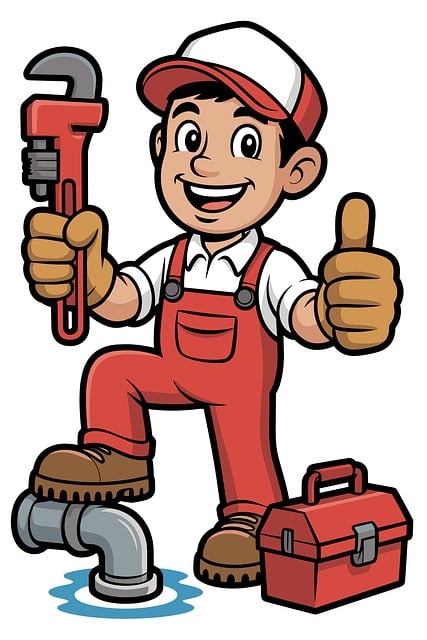
Navigating Challenges: Ensuring Accurate Results and Standardization in the Industry
The adoption of computerized frame measurement has significantly transformed auto body restoration processes, offering both opportunities and challenges. One of the primary goals is to achieve accurate results that align with industry standards. Traditional methods often relied on manual measurements, leaving room for human error. Computerized systems automate this process, providing precise data in real-time. This ensures consistent and reliable assessments across various vehicle bodywork repairs, from minor dents to major crashes.
Standardization is another crucial aspect. By implementing uniform measurement protocols using computerized frame measurement tools, the industry can establish a common language for estimating repair costs. This standardization facilitates effective communication between technicians, insurance companies, and customers, streamlining the entire vehicle repair process. As the technology advances, it becomes increasingly vital to stay updated to capitalize on these innovations, ensuring the highest quality standards in auto body restoration and vehicle repair services.
Computerized frame measurement revolutionizes vehicle damage assessment by offering increased precision and efficiency compared to traditional methods. While challenges like ensuring accurate results and standardization persist, the advantages are undeniable. As the automotive industry continues to evolve, embracing computerized systems for repair estimates will be crucial in maintaining high-quality standards and streamlining workshop operations.


